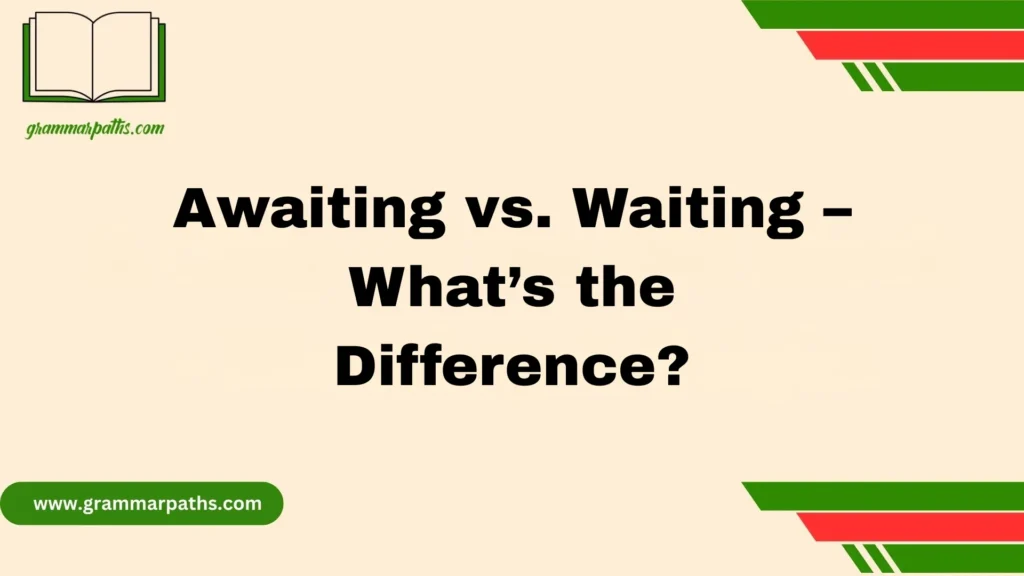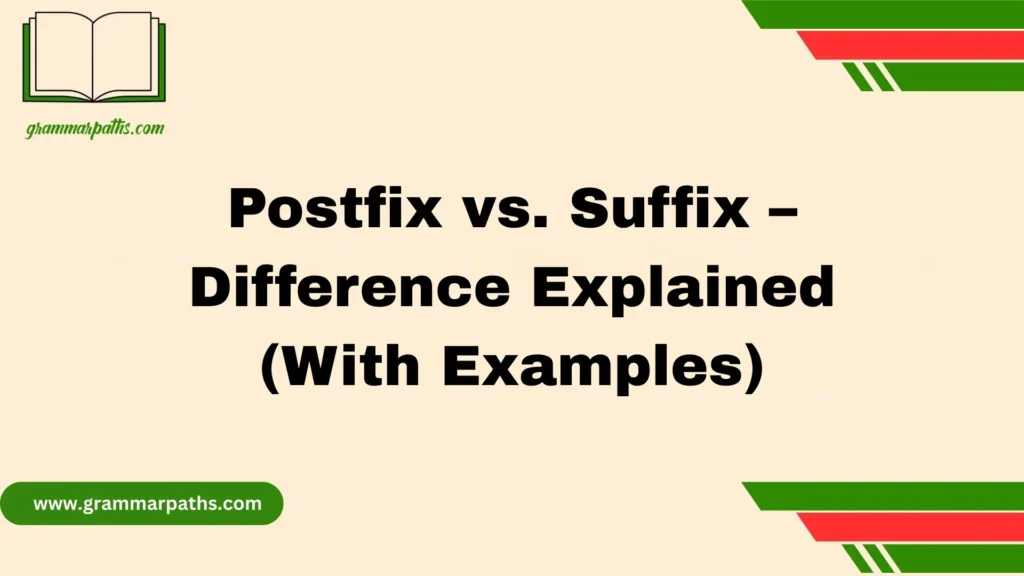Many English learners wonder: “She has or she have – which is correct?” The answer lies in understanding subject-verb agreement. In standard English grammar, the correct phrase is “She has.” That’s because “she” is a third-person singular pronoun, and in the present tense, we use “has” with third-person singular subjects. Saying “she have” is a grammatical error and doesn’t follow proper verb conjugation rules.
So, why do people still get it wrong? Sometimes, it’s due to confusion between singular and plural forms or influence from informal speech. To avoid mistakes, remember this simple grammar rule: He, she, it has – while I, you, we, they have. For example: “She has a book,” not “She have a book.” Knowing the difference between has and have helps build confidence and ensures your sentence structure is accurate in both speaking and writing.
She Has or She Have – Quick Answer
Correct: She has a bike.
Incorrect: She have a bike.
“She has” is always correct in standard English grammar. The subject “she” is third-person singular, and in the present simple tense, it always pairs with “has”—not “have.”
Use this structure for every case where “she” is the subject and the verb expresses possession or a helping action.
The Grammar Rule Behind ‘She Has’
Understanding why “she has” is correct comes down to subject-verb agreement. In English, verbs change slightly depending on the subject.
Let’s look at how the verb “to have” is conjugated in the present tense:
| Subject | Verb Form | Example Sentence |
| I | have | I have a meeting. |
| You | have | You have two dogs. |
| He/She/It | has | She has a busy schedule. |
| We/They | have | They have a lot to do. |
As you can see, “has” is used only with he, she, or it. Every other subject uses “have.”
Tip: Think of it this way—He/She/It gets the “s” in present tense verbs. Just like runs, eats, and drives, has follows the same pattern.
When to Use ‘She Has’ – Everyday Examples
You’ll use “she has” in any context where:
- The subject is “she”
- You’re using present tense
- The verb expresses possession or is part of a compound verb
Real-Life Examples:
- Possession:
- She has three siblings.
- She has a red car.
- She has three siblings.
- Auxiliary Verb Use (Helping Verb):
- She has been waiting for hours.
- She has already eaten lunch.
- She has gone to the store.
- She has been waiting for hours.
Whether you’re showing ownership or building a complex verb phrase (like perfect tenses), “she has” is always the correct choice.
Why ‘She Have’ Is Incorrect in Standard English
Despite being widely used in informal conversations or regional dialects, “she have” is grammatically incorrect in standard written and spoken English.
Where You Might Hear “She Have”:
- Certain regional dialects
- Informal or colloquial speech
- Among English learners still developing fluency
While it might sound natural in some speech communities, it should never be used in formal writing or professional settings.
Example:
She have a good job.
She has a good job.
Even in casual contexts, it’s good to train yourself to use the correct form. That way, you won’t risk errors when it really matters—like in essays, emails, or interviews.
What About Questions and Negative Sentences?
This is where things can get tricky for learners. In questions and negatives, we use “does” as a helping verb. When that happens, “have” returns to its base form—even though “has” is usually used with “she.”
Examples of Correct Usage:
- Question:
- Does she have your email?
- Negative:
- She doesn’t have any pets.
This follows a simple rule: When “does” or “doesn’t” is used, the main verb stays in its base form (“have”).
Wrong: Does she has a car?
Correct: Does she have a car?
Wrong: She doesn’t has time.
Correct: She doesn’t have time.
This rule helps maintain grammatical consistency in present tense negative and interrogative forms.
British vs. American English – Any Differences?
Both British and American English use “she has” the same way when it comes to subject-verb agreement. However, there is a stylistic difference when expressing possession.
Comparison:
| Sentence | American English | British English |
| She has a lovely home. | ✅ | ✅ |
| She has got a lovely home. | Rare | Common |
| Has she got a new laptop? | Less common | ✅ More natural |
While “has got” is frequently used in British English, it still follows the same rules: “has” with third-person singular. So even when using “got,” you’ll still see “she has got,” not “she have got.”
Common Mistakes with ‘She Has’ and ‘She Have’
Many learners (and even native speakers) make mistakes around this phrase. Here are the most frequent ones:
Mistake #1: Using “have” after “she”
- ❌ She have a new dress.
- ✅ She has a new dress.
Mistake #2: Misusing in negatives
- ❌ She don’t have time.
- ✅ She doesn’t have time.
Mistake #3: Errors in questions
- ❌ Has she have a phone?
- ✅ Has she got a phone? / Does she have a phone?
Memorization Tricks to Remember the Right Form
Need help making it stick? Try these memory hacks:
- Mnemonic: He, She, It — add an S to make it fit.
- Flashcards: Practice conjugations with visual aids.
- Practice aloud: Read example sentences every day for a week.
- Think of other “s” verbs:
- He runs → She has
- It works → She has
- He runs → She has
With enough repetition, “she has” will come naturally—like muscle memory.
Mini Quiz – Practice What You’ve Learned
Test your understanding with these fill-in-the-blank sentences.
Fill in the blank with “has” or “have”:
- She ___ two brothers.
- Does she ___ a question?
- She ___ been to Paris three times.
- She doesn’t ___ her ID.
- She ___ a great sense of humor.
Show Answers:
- has
- have
- has
- have
- has
Usage in Real Life – Examples from Literature and Media
Writers, journalists, and novelists consistently use “she has” when referencing female characters in the third person.
“She has a voice that could shatter glass.” — Fiction novel
“She has launched three new ventures this year.” — Business report
“She has always been the heart of the story.” — Movie review
You’ll rarely, if ever, see “she have” in edited publications. That’s a clue—it’s not just grammar rules, it’s real-world usage.
Tips for ESL Learners Struggling with This Rule
Learning English as a second language can make verb agreement confusing at first. Here’s how to tackle it:
Try This:
- Speak slowly when using present tense.
- Listen to English media and pause after “she has” to reinforce usage.
- Use language learning apps like Duolingo or Memrise that drill grammar.
- Record yourself reading correct sentences aloud.
With consistent practice, you’ll start noticing the pattern automatically.
Summary Table – She Has vs She Have
Here’s a complete overview of correct and incorrect usage:
| Sentence Context | Correct Form | Incorrect Form | Example |
| Affirmative | She has | She have | She has a new job. |
| Negative | Doesn’t have | Don’t has | She doesn’t have a key. |
| Question | Does she have? | Does she has? | Does she have any questions? |
| Past Tense | She had | She has had (✔) | She had a wonderful time. |
| Auxiliary Verb | She has been | She have been | She has been working all night. |
Conclusion:
In conclusion, the grammatically correct phrase is “She has,” not “She have.” This is because “she” is a third-person singular subject, and the correct verb form to match it is “has.” Understanding this basic rule of subject-verb agreement is essential for clear and correct English communication.
Remember, “has” is used with he, she, and it, while “have” is used with I, you, we, and they. This rule remains consistent across both spoken and written English. Mixing up these forms can lead to confusion or make your English sound incorrect.
By practicing with examples and keeping these rules in mind, you’ll become more confident in your grammar. Whether you’re writing an essay, speaking in public, or chatting online, knowing when to use “has” vs. “have” will make a strong difference in your language skills.
FAQs:
Is it correct to say she has to?
Yes, it is correct. She has to is used to express obligation or necessity. For example: She has to go to school every day.
Is it correct to say he has?
Absolutely. He has is the grammatically correct form when referring to a singular third person. Example: He has a car.
Does she have or has a boyfriend?
The correct question form is: Does she have a boyfriend?
Use have with does because the auxiliary verb does takes the base form of the main verb.
Is it correct to say she has had?
Yes, it’s correct. She has had is the present perfect tense, indicating that she obtained or experienced something in the past that still matters now. Example: She has had a long day.
Do we say she has or have?
We say she has.
Has is used with third-person singular subjects like she, he, or it.
When to use have and has?
Use have with I, you, we, they, and plural nouns.
Use has with he, she, it, or singular nouns.
Example: They have a plan. / She has an idea.

Emma Brooke is a passionate language expert and contributor at GrammarPaths.com, where she helps learners navigate the complexities of English grammar, idioms, and effective writing. With a strong academic background and years of teaching experience, Emma excels at turning tricky grammar rules into simple, practical lessons that readers can easily grasp.










